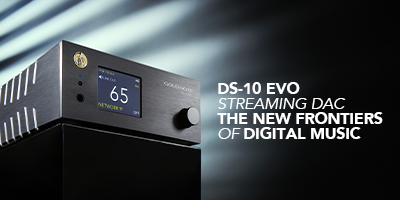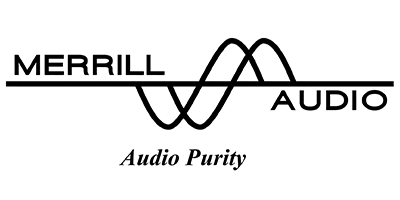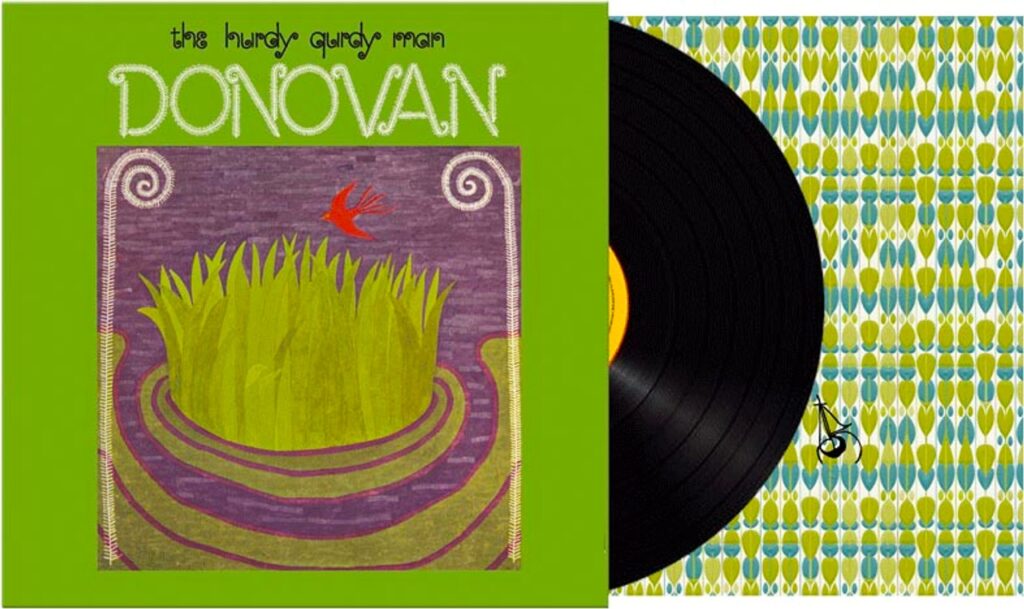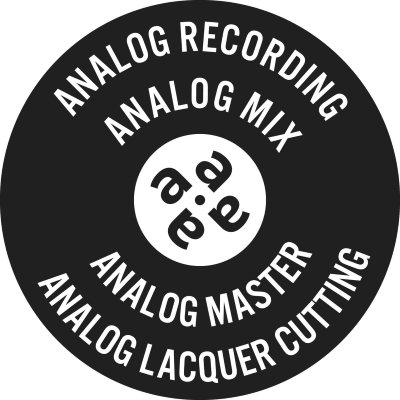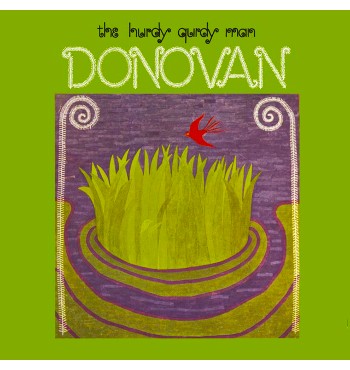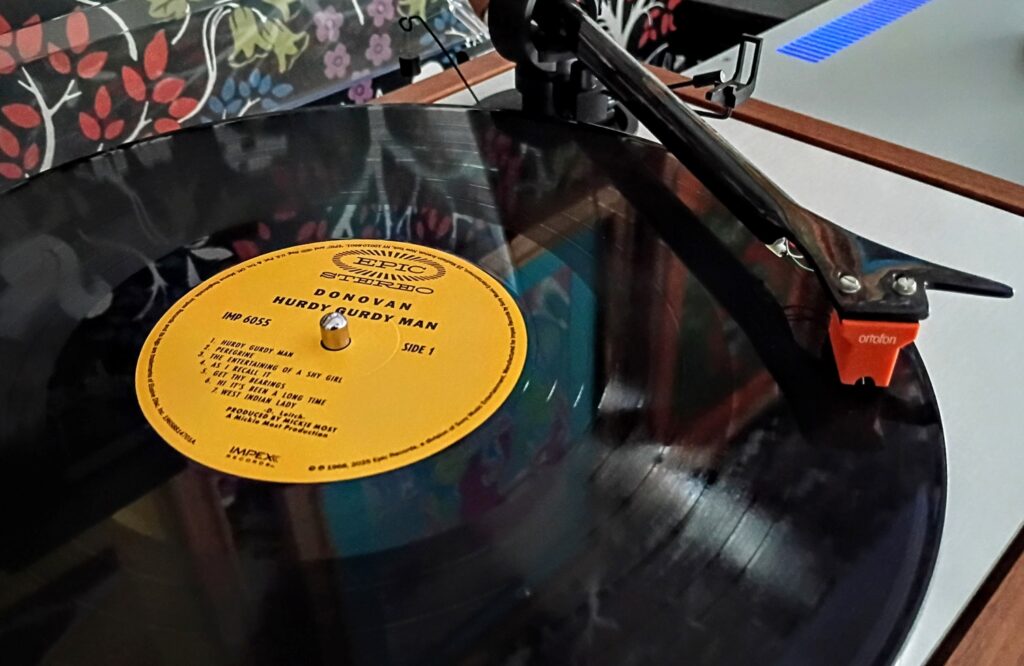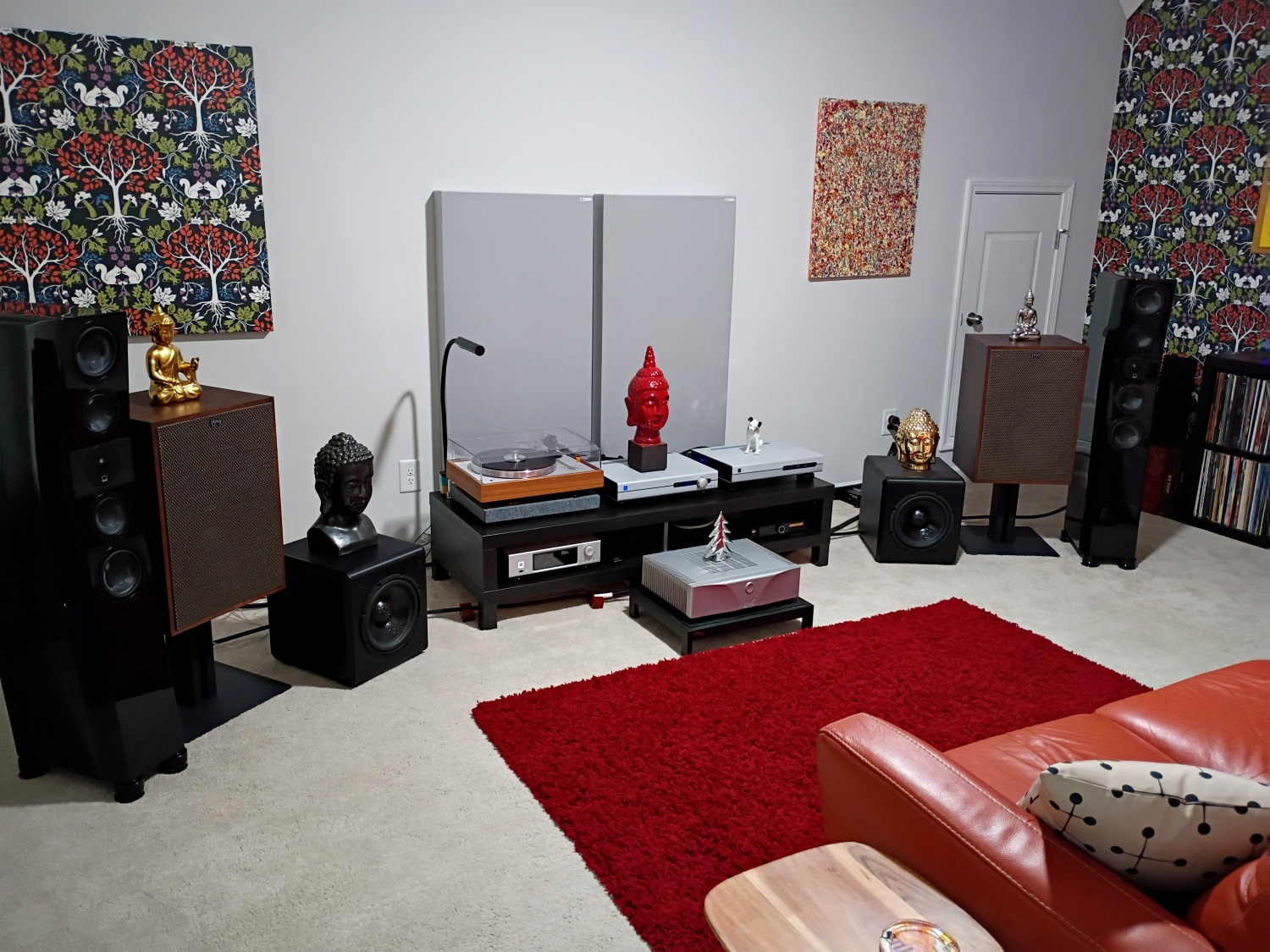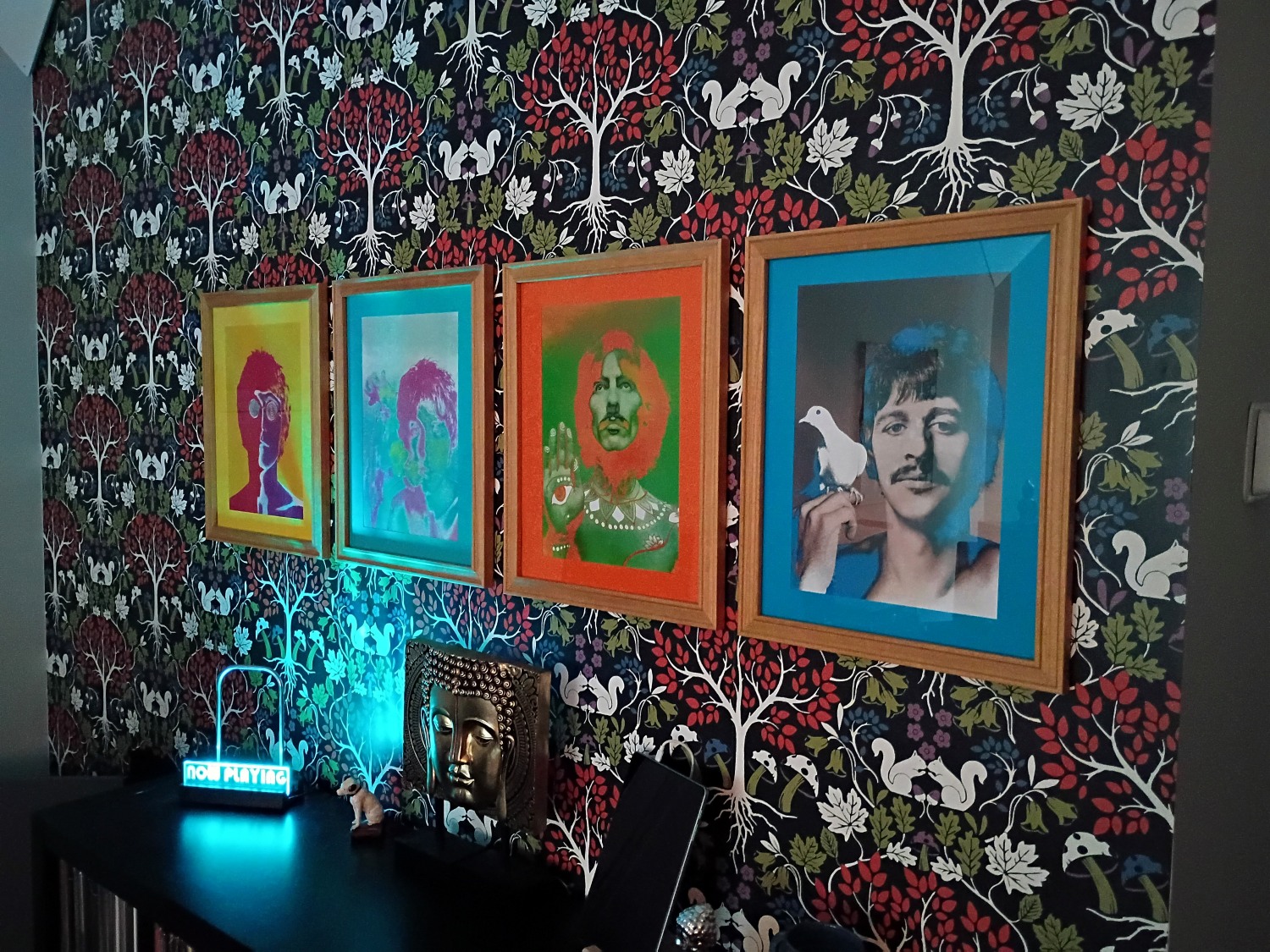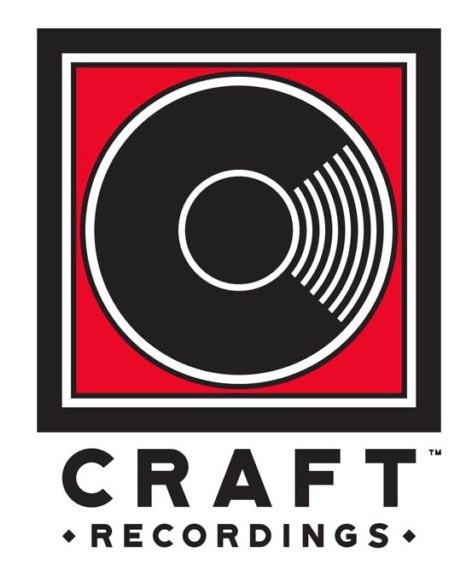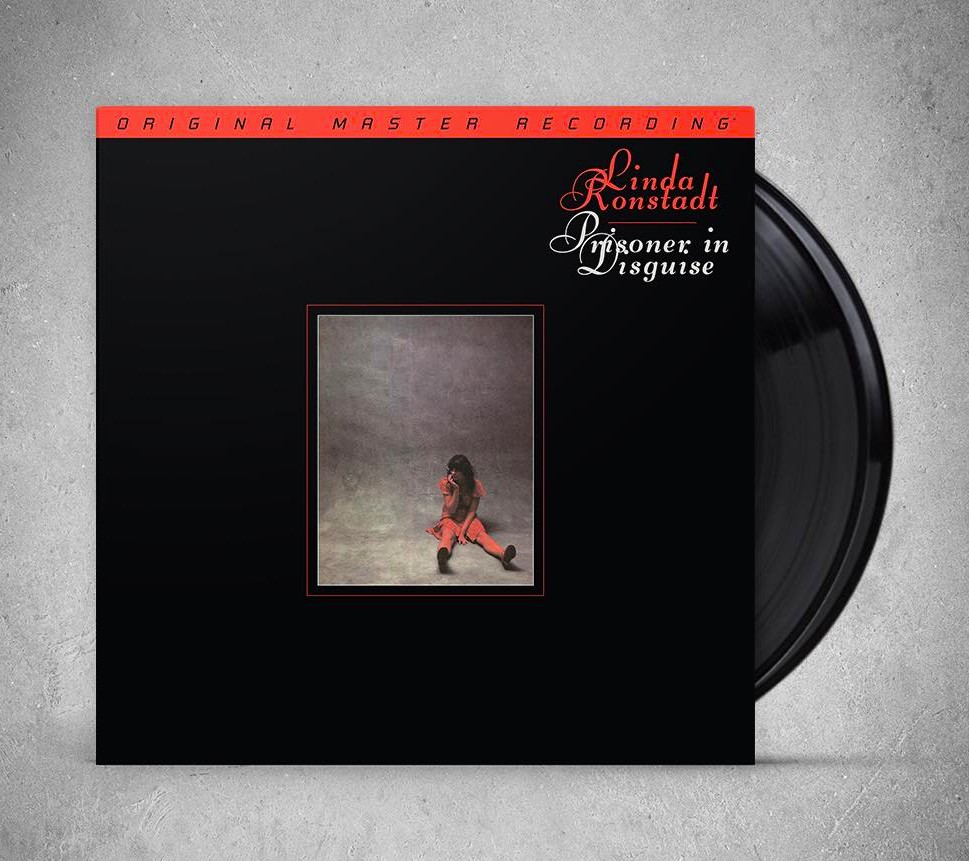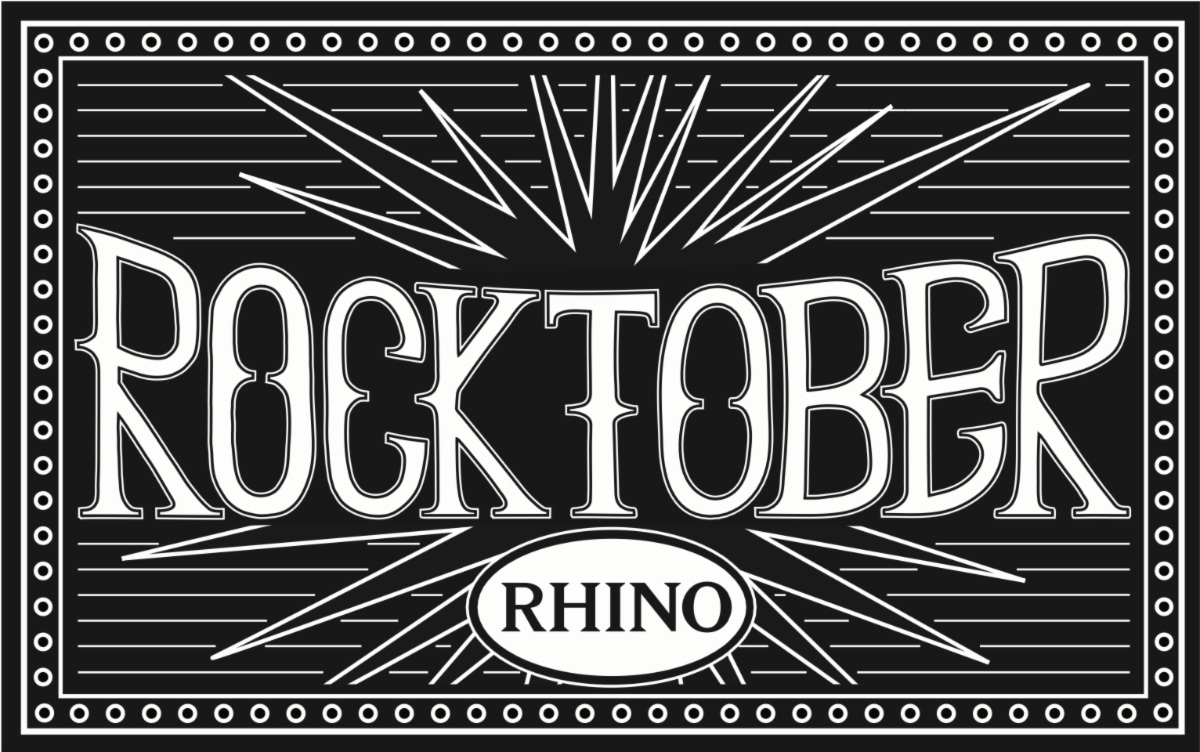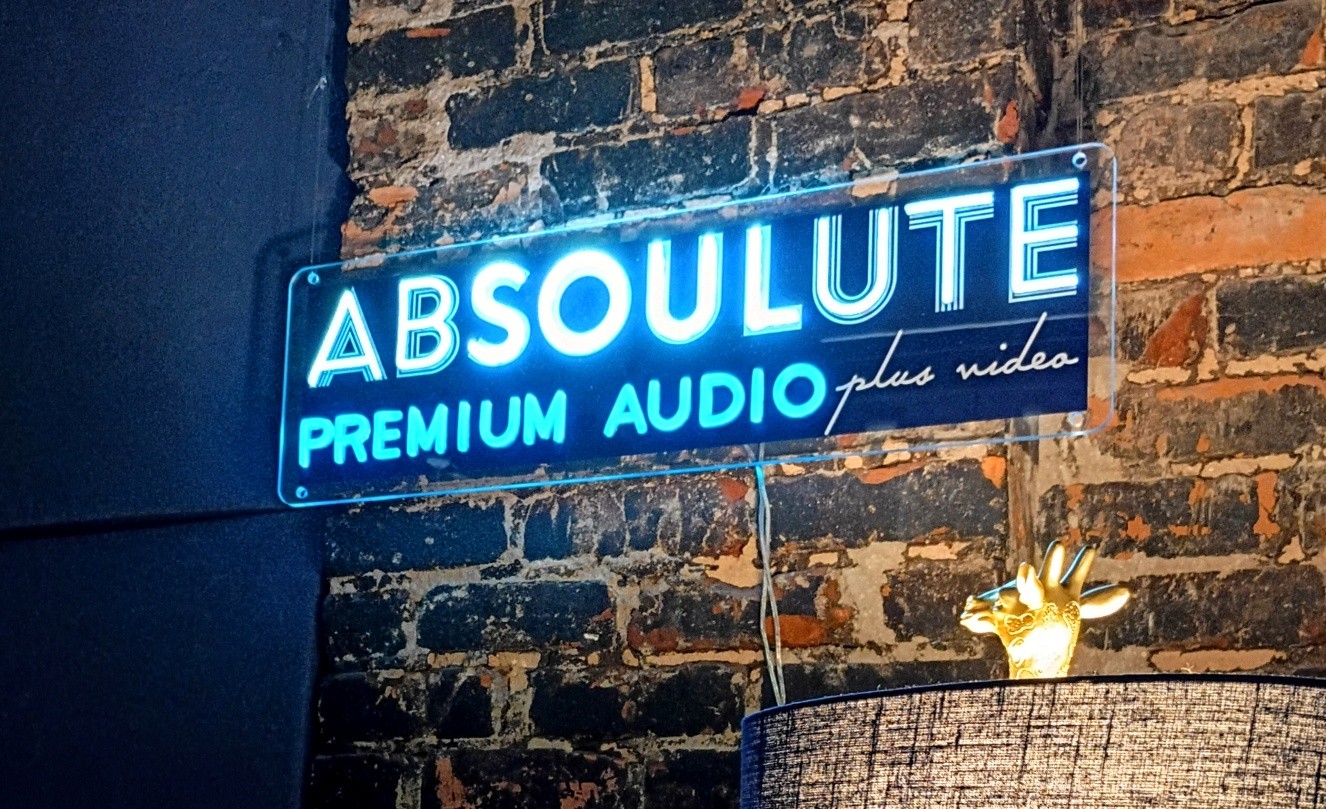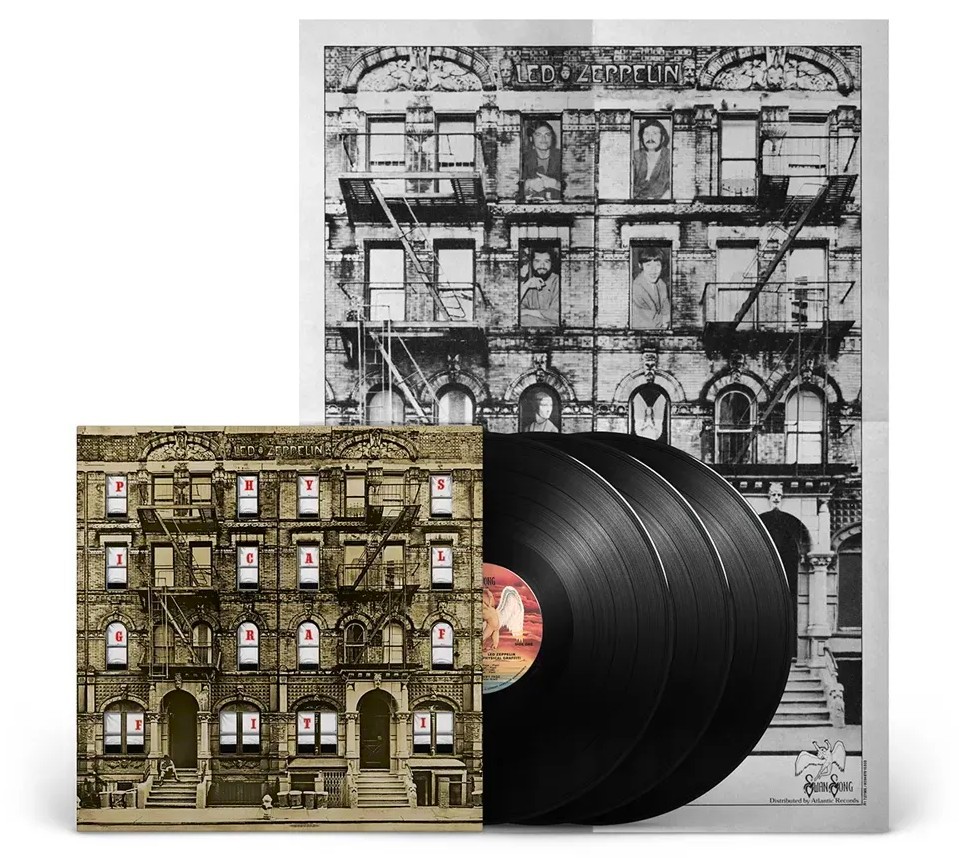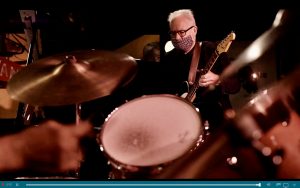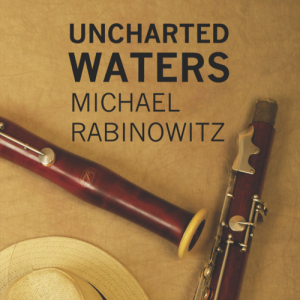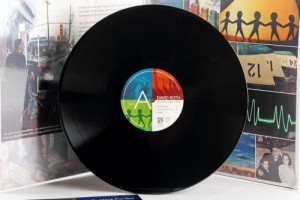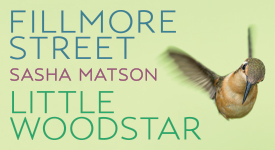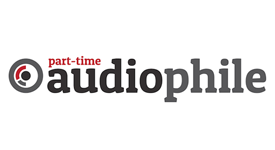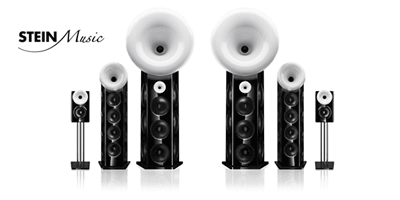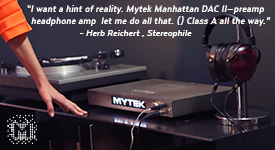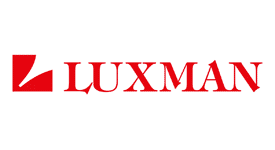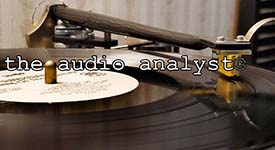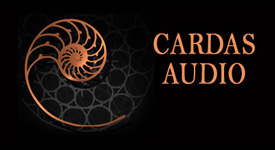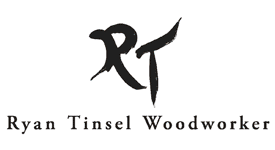Early on, Scottish folk singer Donovan Leitch was often considered at best to be little more than a Bob Dylan imitator. But when their paths crossed during Dylan's 1965 tour of England, the meeting was famously captured by filmmaker D.A. Pennebaker in his documentary Don't Look Back. A much-discussed scene occurs where Dylan and Donovan played songs for each other; this would be Dylan's last tour performing solo and acoustic, and it was clear from his exchange with Donovan that he already had a new conception for his next musical direction. Months later, he'd stun the world by going electric at the Newport Folk Festival; Donovan also mirrored Dylan's change in direction, but his evolution from folkie wannabe to icon of psychedelia definitely followed a curious arc. Almost overnight, Donovan's persona transitioned from being only a pale imitation of Bob Dylan to that of the "Hippy Trippy Troubadour" and Ambassador of Flower Power—a mantle he'd carry for the remainder of his career. It's almost as if his path presaged Timothy Leary's now legendary advice to "Turn on, tune in, drop out."
While Dylan's initial foray in rock and roll was 1965's angst-driven Highway 61 Revisited, Donovan's took a rather different approach with his next album, Sunshine Superman. Though it charted almost a year after Highway 61, Donovan's new album was mostly recorded in late 1965, but its release was delayed because of contractual squabbling between his multiple record labels in England. Sunshine Superman was the first truly psychedelic album, preceding other seminal works from groups as diverse as the Jefferson Airplane, The Doors, The Grateful Dead, even the 13th Floor Elevators—he beat them all to the punch. But as his contract difficulties made themselves more manifest, he fell into a state of despair over his inability to get his new music on the airwaves and into record stores. He had to get away, and sequestered to the Greek island of Paros where he was essentially cut off from the outside world, contemplating whether his music career might actually be over. Meanwhile, "Sunshine Superman," the anthemic single that preceded the new album's release, hit the airwaves in the US (where there were no label problems) and created quite the stir, reaching the top spot on the Billboard Hot 100. Legend has it that with the single's impressive chart success, a representative from one of his record labels managed to track him down—contacting him on the only working telephone on the entire island of Paros—to encourage him to get himself hence and bask in his celebrity.
The almost raga-rock of the single, "Sunshine Superman" was driven by Jimmy Page's powerful guitar lead that contrasted with much of the rest of the album. Sunshine Superman incorporated elements of Celtic folk, medieval and eastern music, chamber-like string arrangements, and even jazz. Just listen to the walking acoustic bass line in "Bert's Blues," which is a straight-up jazz caricature of Donovan's friend and fellow musician, Pentangle guitarist Bert Jansch. "Season of the Witch" rocks out, but the rest of the album is a curiously endearing mix of genres drenched in psychedelia; Donovan even name-drops Jefferson Airplane in the track "The Fat Angel." Sunshine Superman is a very different album from Highway 61 Revisited, even though it's completely contemporaneous with it. The skies had parted for Donovan, and despite his contract difficulties, his hit parade continued—at least in the US. With albums that offered cross-cultural appeal to both pop radio and the counterculture, like Mellow Yellow (1967), Wear Your Love Like Heaven (1967), and Donovan In Concert (1968), all of which reached the US top twenty in album sales. The culmination of his greatest artistic period, however, came with the release of 1968's The Hurdy Gurdy Man, which served a thrilling encapsulation of Donovan-style psychedelia to the masses.
Impex Record's latest reissue project is that very same album, The Hurdy Gurdy Man, which is obviously near and dear to the heart of producer, author, and music historian Charles L. "Chuck" Granata. Chuck is one of the regular cast of characters in the background of many Impex releases, and I'm guessing The Hurdy Gurdy Man was probably placed on Abey Fonn's reissue radar at his behest. Impex's new release choices are often rather eclectic, but I have to admit that my excitement level jumped quite a few notches upon hearing about this one. I'm relatively old school—every Donovan LP in my collection is a mono pressing, and that alone should pretty much put an exclamation point on my old school status! Regardless, I was genuinely ecstatic to hear what very well may be the pinnacle of Donovan's recorded output, and in glorious stereo, no less!
Chris Bellman remastered The Hurdy Gurdy Man using an all-analog, AAAA (analog original to analog mix, master, and lacquers) process throughout. He worked from a 1:1 copy of the original analog tapes supplied by Sony Music, then cut lacquers for the LP at Bernie Grundman Mastering in Hollywood. Record Technology Inc. (RTI) pressed the 180 gram LP on high-definition vinyl at their facility in Camarillo, California; their LP was then inserted in a heavy poly inner sleeve to guard against dust accumulation, static build-up, and scratching. The entire album package was printed and assembled at Stoughton Printing in City of Industry, California; the reissue's heavy, tip-on outer jacket features pristine original album artwork sourced from Sony Music's vaults. A four-page insert includes a fascinating and enlightening essay from Chuck Granata, which offers a period-appropriate perspective on Donovan, his music, and the transcendentalism that surrounded the making of The Hurdy Gurdy Man. This superb LP package is a textbook example of the meticulous level of perfection Impex puts into every reissue, which continues to set the industry standard for audiophile LPs.
Impex's reissue of The Hurdy Gurdy Man was produced by Bob Donnelly; Abey Fonn served as executive producer, and Charles L. Granata was the associate producer. Robert Sliger designed and illustrated the fashionably hip printed insert; it's a vividly stylish improvisation of blue and green hues that perfectly complement the cover's viridescent color palette. You can order a copy from Impex partner Elusive Disc HERE.
Donovan, The Hurdy Gurdy Man, 180 gram, 33 rpm LP, Impex Records, $39.99 MSRP.
In mid-February, 1968, Donovan joined all four members of The Beatles, their wives and girlfriends, Mia Farrow and he sister Prudence, and Mike Love of the Beach Boys in India to study transcendental meditation under Maharishi Mahesh Yogi. Reportedly, they all abstained from drink and recreational drugs while there, and concentrated on the teaching of the Maharishi while engaging in a shared musical experience. Donovan wrote many of the songs that would find their way onto The Hurdy Gurdy Man, while also working closely with John Lennon, teaching him certain acoustic guitar picking styles. George Harrison gifted Donovan with a four-stringed tamboura (an Indian lute-like instrument), which he used on several songs on the new record. There's a compelling degree of conjecture that a number of songs on The Beatles' White Album were strongly influenced by the time the Fab Four spent with Donovan in India; the same can be said for Donovan's continued work on The Hurdy Gurdy Man following his return to England.
The Hurdy Gurdy Man was Donovan's sixth studio album; the recording sessions had already begun in January 1968, prior to his Indian excursion, and resumed following his return. Producer Mickie Most was again at the helm, with a cast of Donovan regulars that included John Cameron on keyboards and arrangements, John Paul Jones and Danny Thompson on electric and acoustic bass (respectively), Harold McNair on sax and flutes, drummers and percussionists John Carr and Clem Cattini, guitarist Bert Jansch (on "Tangier"), and of course, Donovan on guitar, tamboura, and vocals. Here's where the controversy creeps in: on the album's timeless title track, there are differing accounts as to who actually played guitar and drums in the studio. Donovan has reminisced to the effect that perhaps Jimmy Page and John Bohnam both played on "The Hurdy Gurdy Man," and Chuck Granata lends credence to this claim in his excellent essay. Bassist John Paul Jones (who definitely played on the track and claims to have booked the session players) differs, saying that guitarist Alan Parker and drummer Clem Cattini accompanied himself and Donovan in the studio. I've also read that Allan Holdsworth plays the guitar solo, so we'll probably never know for sure, but I guess this is how legends are born, huh? I mean, the fact that Jimmy Page had played on previous sessions for Donovan albums lends some credence to his having been there for "The Hurdy Gurdy Man," but who actually knows—regardless, the track defined the essence of psychedelic rock in that moment, and perhaps for all time!
The album covers the most eclectic range of styles of any studio album in Donovan's catalog, and its sales were propelled by the pair of singles, "Jennifer, Juniper," (written for George Harrison's girlfriend Pattie Boyd's younger sister, Jenny, with whom Donovan was quite smitten) and "The Hurdy Gurdy Man." Several of the songs were heavily Eastern-influenced drones that featured Donovan on tamboura, including "The River Song," "Peregrine," and "Tangier." Three additional tracks reflected his continuing interest in jazz idioms, including "As I Recall It," "Get Thy Bearings," and "Teas"; members of prog group King Crimson were so taken with "Get Thy Bearings" that they regularly used it as a live concert intro for extended instrumental improvisations. Harold McNair's flute accompaniment added some flower power to "A Sunny Day," "The Sun is a Very Magic Fellow," (which was co-written while in India with Beatles assistant Mal Evans) and "The Entertaining of a Shy Girl." "Hi It's Been a Long Time" would represent the last time Donovan would work on an album with longtime associate John Cameron. The sessions produced a number of songs that didn't make the album, but appeared on his follow-up, Barabajagal, including his perennial concert favorite, "Happiness Runs." The hits didn't stop for Donovan following The Hurdy Gurdy Man, but in the aftermath, his sphere of influence was definitely on the decline.
The Hurdy Gurdy Man like you've never heard it before!
By clicking on my name in the header above, you can see the full complement of components I used to evaluate The Hurdy Gurdy Man. My all-analog system incorporates a pair of stand mounted XSA Labs Vanguard compact monitors that offer an updated homage to classic British monitor designs like the LS3/5A. They run in tandem with a pair of Caldera 12 subwoofers that add a couple of extra octaves to the overall system response, and the system presents a remarkably coherent aural impression of Donovan live in my listening environment. A ProJect Classic EVO turntable that's mounted with an Ortofon Quintet Bronze moving coil cartridge provided playback for Impex's 33 rpm LP; the signal runs through a PS Audio Stellar phono preamp, which forwards it to a PrimaLuna EVO 300 tube integrated amp.The system synergy offered a compelling impression of The Hurdy Gurdy Man with impressive dynamics, startling realism, and breathtaking musicality.
Every Donovan LP in my collection is a mono pressing, all acquired decades ago. I have a particular affinity for mono playback, which in the right setup with a true mono cartridge can yield astonishingly good results. My mono pressing of The Hurdy Gurdy Man still sounds surprisingly great, but Impex's new stereo reissue outclasses it in every way possible. Most mono master tapes were taken from a separate microphone feed, with an often different mix from the stereo version, so comparing my mono LP to Impex's stereo reissue isn't exactly apples to apples. This album came about at a time when even the Beatles still initially released their albums in mono, with stereo mixes almost an afterthought; it wasn't really that uncommon. Listeners might find certain aspects of The Hurdy Gurdy Man's stereo mix curious—like Donovan's vocals perfectly centered in some songs, but then far left in others—but that was very typical for rock albums of the day. Still, the new LP has deeper, more refined bass, greater midrange clarity, a more defined soundstage, and the stereo mix is fabulously atmospheric—just listening to "The Hurdy Gurdy Man" on side one rocked my world as never before! And Donovan preternaturally moves between styles and songs with an effortless mastery that easily makes this album the crown jewel of his entire catalog.
Impex's new reissue of The Hurdy Gurdy Man has been in constant rotation since its arrival here several weeks ago, and RTI's 180 gram pressing has yielded some of the most impressively quiet playback I've experienced in my system, from any LP—ever. From the moment the needle landed on side one during that first play, there was nothing but absolute and utter silence. The lead-in groove on this pressing is longer than on most typical LPs, and as I waited in anticipation for Donovan's almost ethereal, breathy vocal to appear, the soundstage was bathed in blackness. When that otherworldly vocal finally emerged, the hairs on the back of my neck rose in unison; it's an effect that I've rarely experienced to this degree in high-end audio. Donovan's vocal is then joined by his acoustic guitar, followed by the powerfully brash first chords from that mysterious—make that infamous—electric guitarist. Donovan then transitions to tamboura in tandem with the electric guitar, and the already brilliant effect is elevated to an even higher level of transcendence. My playback of Impex's The Hurdy Gurdy Man has no parallel in my range of analog LP experiences.
Final thoughts
I only have one minor quibble with Impex's new reissue: even the otherwise excellent new liner notes on the included insert don't detail the technical aspects of the original recording—like a definitive listing of all the players who were present in the studio, or which studio the album was recorded in, or even the dates of the recording. I had to really dig across multiple internet sources to come up with something approaching a definitive list of session players on The Hurdy Gurdy Man. Of course, it's been almost sixty years, and Donovan himself apparently isn't certain of that information—and even my original, or any other repress I've ever come in contact with is missing it as well. The mystery goes on.
This is one of the finest—and perhaps the finest—LP reissue I've ever had the pleasure to experience. I was expecting to enjoy this record, but not with the level of obsessiveness I've accorded to every playback session with this excellent LP. Many thanks to Abey Fonn and everyone at Impex Records and Elusive Disc. Impex's The Hurdy Gurdy Man comes very highly recommended—it will be an indispensable addition to your record collection.
Impex Records
Elusive Disc
All images courtesy of Impex Records, Elusive Disc, and the author.

